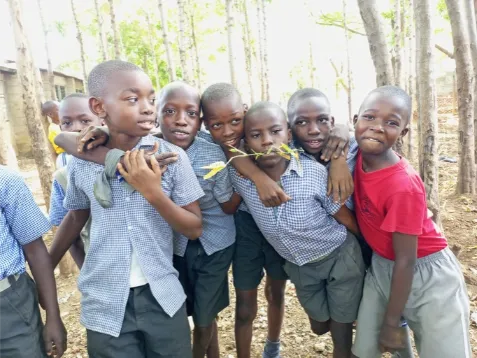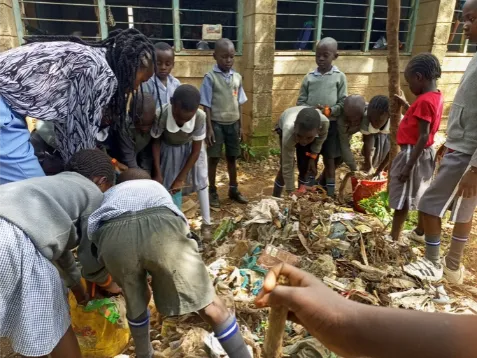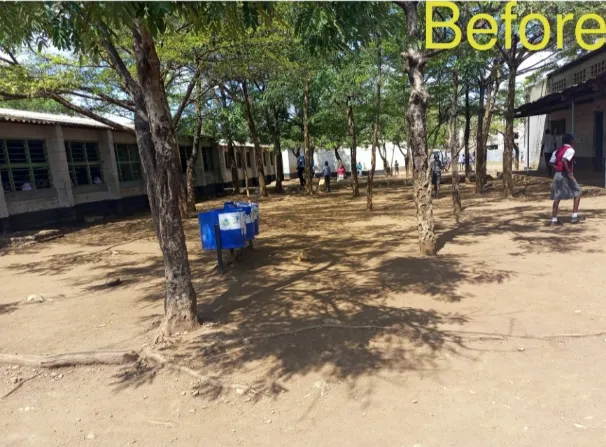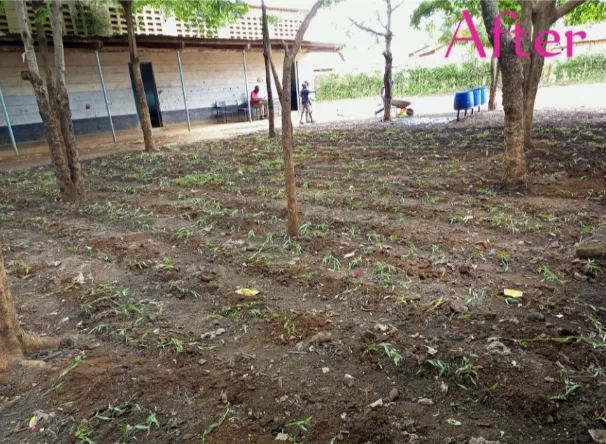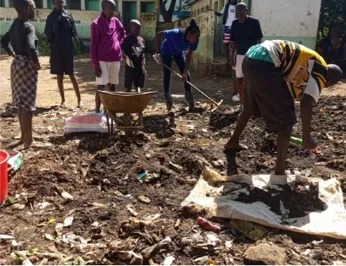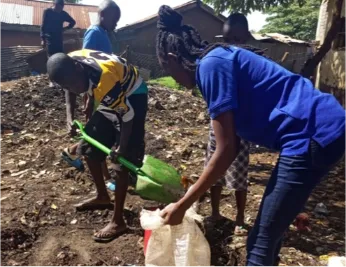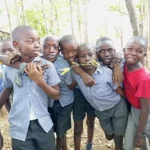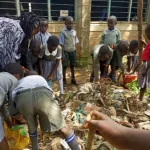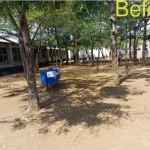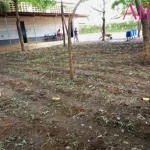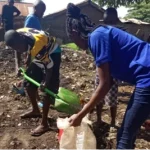Teacher: Nekesa Rhodah

Nekesa Rhodah
Rhodah has one years experience as a Teach For Kenya Fellow at Kosawo Primary School, Kisumu City, Kenya. She teaches grade two learners aged seven to ten years. Her inspiration to teach is motivated by her desire to mould children into mentally-stable, productive, and independent people like her. Her achievements include mentoring her learners in financial and digital literacy. They save money to access food and stationaries that their parents would otherwise be unable to provide upon request. She founded the Green Mazingira (environment) Club in which she coaches learners on climate action to restore the school environment for quality education.
Usefull links related to the Solution
Overview
Students in Rhoda’s school were experiencing respiratory issues due to the excessive dust in the school grounds during the dry seasons. The school grounds were also extremely muddy in the wet seasons. This combination of issues had led to the students rarely enjoying outdoor activities during the school day.
Theory of Change
Kisumu, where the school is situated, has experienced a drought which has led to the loss of ground covering plants in the school, and the surrounding area. Topsoil is constantly eroded deposited in the school field during the wet season. Rhoda decided to use sustainable methods to green the school grounds, this greening would prevent the excessive dust and mud experienced when the grounds were bare.
Approach and Actions
Rhoda organised the whole school community to carry out tree and grass planting across the whole school grounds. This activity was carried out by all members of the school community including teachers and students. The activity was seen to reinforce team spirit and ownership of the project. Teacher and student training was carried out prior to the grass planting, this training involved explaining how humus from the school’s compost pit would be used to provide the correct conditions for the grass to grow. A quarter of the school’s land has so far been planted, these areas are out of bounds for now. The grass is well-rooted and spreading successfully across the ground. The training included information about how to maintain and care for the grass including water-saving watering techniques. The remaining strips of land will be planted at two-month intervals throughout the year.
Impact
The school is greener and more beautiful than before the addition of grass. The project is not finished but it will eventually enable students to play and learn in an outside environment all year round. The project has improved the social relationship between teachers, parents, and learners through conducting activities such as sourcing grass, providing farming equipment, digging out the school compost pit for humus and planting the grass. Restoring the environment for quality education was undertaken as a collective effort.
